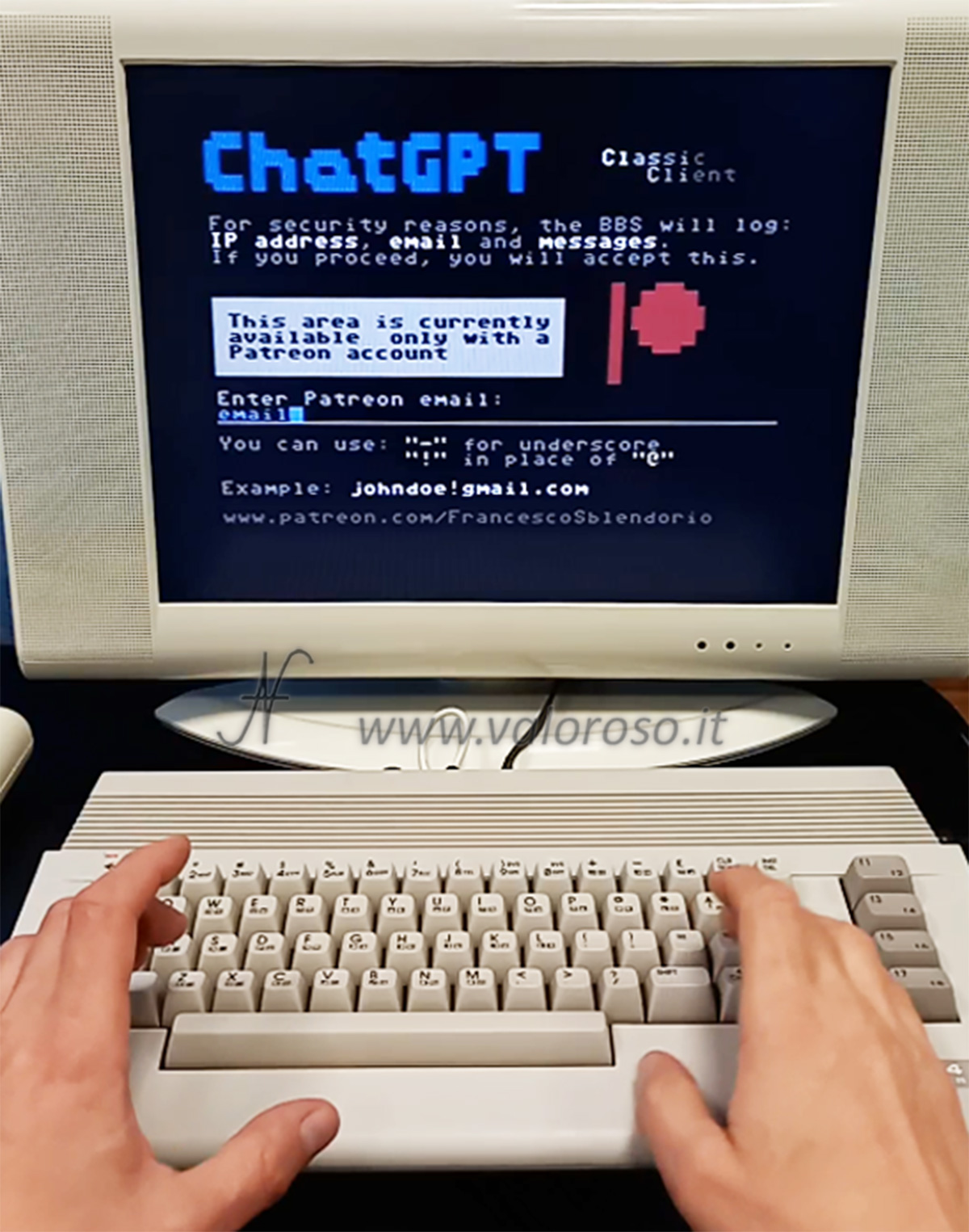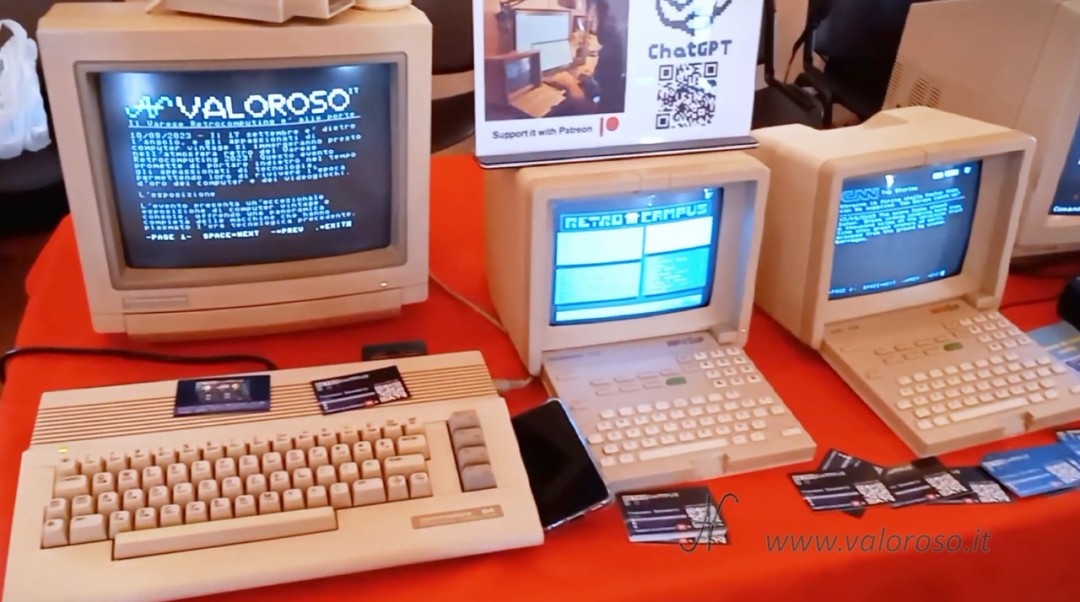In the world of technology, few things evoke nostalgia like Bulletin Board Systems (BBS). Before the advent of the Internet as we know it today, BBSs were the center of the online world for many computer enthusiasts. How many emotions it is to connect to a BBS, chat with other users and download programs and games!
Today, thanks to projects such as Francesco Sblendorio's BBS, we can relive those emotions, remembering a fundamental piece of the history of information technology. In this conference, recorded at Varese Retrocomputing 2023, Francesco Sblendorio shows how he created and maintains the RetroCampus BBS active.
What are Bulletin Board Systems
BBSs (Bulletin Board Systems) were, in the 80s and 90s, a virtual meeting point for exchanging messages, files and information. Before the explosion of the Internet, users connected to BBSes using a modem and a telephone line. BBSs allowed you to participate in forums, download software (even pirated ones), use useful online services and even play games. With the advent of the Internet, BBSs have almost disappeared, but for retrocomputing enthusiasts, like Francesco Sblendorio, they represent a piece of history to be preserved and revived.
The RetroCampus BBS: the present and the past
Francesco Sblendorio, a professional computer scientist and retrocomputing enthusiast, decided to bring the BBS experience back to life with RetroCampus. His BBS is a perfect example of how modern technology can coexist with vintage charm. Created using the Java language and hosted on a modern server, Francesco's Bulletin Board System is not only accessible via the Internet, via the TCP/IP protocol, but also offers the possibility of connecting by telephone, just like in the old days. Thanks to modern technologies, the simultaneous connection of several users is supported.
In the conference video, Francesco explains exactly how the BBS works and shows us the source code.
One of the main challenges was implementing and supporting the various communication protocols used by vintage computers. Through research, Francesco had to study and implement the various protocols used in vintage computers. The BBS supports PETSCII for Commodore 64 and Vic20 computers, ASCII and ANSI for IBM compatible PCs, and Teletel for Minitel and Videotel. This makes it accessible from a wide range of devices.

Computers supported by BBS
One of the most fascinating features of the RetroCampus BBS is its compatibility with a wide range of vintage computers, which allows you to relive the experience as it was lived decades ago.
In the video of the conference, we go into the details of how to connect to the BBS and the hardware-software needed, for example, to use the Commodore 64.
Here is an overview of the main supported systems:
– Commodore 64: One of the best-selling computers of all time, can connect via the 40-column PETSCII protocol and a WiFi or phone modem. For more information about the modem and terminal software, you can refer to this article.
– Commodore Vic20: uses 22-column PETSCII and connects via WiFi or telephone modem. For those who own both the C64 and the Vic20, I recommend purchasing a WiFi modem to connect to the User Port, so that it is compatible with both computers.
– Commodore Amiga: several Amiga models are supported, connecting via WiFi (or telephone) modems connected to the serial port.
– Apple 1 e 2
– Olivetti M10
– IBM compatible PCs: can access via ASCII or ANSI protocols. You can use a WiFi or telephone modem to connect to the serial port.
– Minitel and Videotel: using the Teletel protocol, via WiFi modem or the telephone adapter already included in some Videotels. For more information on Minitels and Videotels, you can refer to this article.
Not just vintage computers! The BBS is also accessible from modern computers!

Management of the BBS
Keeping a BBS active requires constant updating and optimization work. Francesco regularly maintains the server and software, ensuring that connections are always stable and implementing new features and games. Management also involves significant costs, especially regarding technical infrastructure and hosting. For this reason, Francesco accepts contributions through Patreon, inviting anyone who wants to support the project to make a donation. Those who support Francesco Sblendorio have access to exclusive content, including the ability to use ChatGPT.
Another exclusive content for the benefit of supporters is the possibility of programming in BASIC directly in the BBS and executing the programs entered.
Do you like vintage computers? Don't forget to subscribe to the YouTube channel @ValorosoIT! I am also present on other social networks: Facebook, Instagram, TikTok, etc…